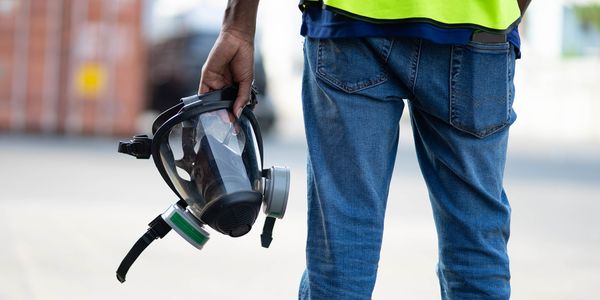Fire and EMS
Be prepared.
Be informed.
Be safe.
Fatalities reported in 2024

Know your risks.
Climate-driven wildfires are on the rise. Heavy rains in the winter months produce lush vegetation that dries out in the hot, dry temperatures of summer, producing fuel for natural and human-made fires.
To help first responders, emergency managers and the public understand their risks, the U.S. Fire Administration (USFA) has developed 2 new tools: WUI Fire Property Awareness Explorer and WUI Fire Community Awareness Explorer. These tools can help to “Know Where You Live” in proximity to the wildland urban interface and fire-prone areas.
Community Risk Reduction
Did you know:
Severe weather is often followed by fire, which can be caused by lightning, improperly operated generators, leaking gas lines, appliances and vehicles exposed to water. Find out more about the risks of fire and how to reduce them at the USFA’s Severe Weather Fire Safety page.
National Fire Data Center
USFA announces effort to launch new fire information and analytics platform
The USFA is leading a national effort to develop and launch a new interoperable fire information and innovative analytics platform, known as the National Emergency Response Information System (NERIS).
Research
Guide to funding alternatives
Updated November 2023
This comprehensive resource tackles the challenges faced by EMS agencies and fire departments, providing vital information on funding sources, grants and alternative revenue options.
Fire/EMS Training
Invest in yourself
The National Fire Academy has the courses to help you meet your professional development goals and reduce all-hazards risks in your community. The courses you take through the NFA can be considered for college credit.
Search
Tasks
Let the U.S. Fire Administration help you with your mission to keep your community safe from fires and other emergencies.
New content for fire and EMS
Conversation with Dr. Lori
Listen to Dr. Lori as she discusses the key takeaways from the World Fire Congress and what will be brought to the roundtable at the 2024 U.S. Fire Administrator's Summit, October 8, 2024.
Listen to the podcastNIOSH project addresses respirator effectiveness with workers with facial hair
Religion, culture and medical reasons for workers with facial hair make it difficult to comply with OSHA's facial hair requirement that respirators be fit-tested to the wearer’s face to achieve a tight seal to the face. NIOSH announces a project to determine how well respirators offer protection to workers with facial hair using beard bands.
Read the articleA new National Institute for Standards and Technology report outlines best practices for post-fire analysis
Learn more about lessons learned from previous case studies, including the Camp Fire, as well as what strategies need to be followed for future post-fire research and analysis to help us learn how to better protect ourselves, our communities, infrastructure and local ecosystems.
Read the articleSirenicide: The impact of stress on vehicle crashes
Learn why firefighters are at a higher risk of dying on the way to a fire and the sense of urgency in response to emergency calls.
Listen to the podcastNew resources help communities plan for extreme heat
Heat-related illnesses and death are largely preventable with proper planning, education and action. Get 2 new resources from National Integrated Heat Health Information System to support communities and local leaders with heat planning and response efforts.
Read the articleUsing standards when selecting and purchasing responder equipment
Read the report by DHS that provides guidance related to the use of standards when selecting and purchasing protective and operational equipment for public safety organizations, including law enforcement agencies, fire departments and emergency medical services agencies.
Read the article





